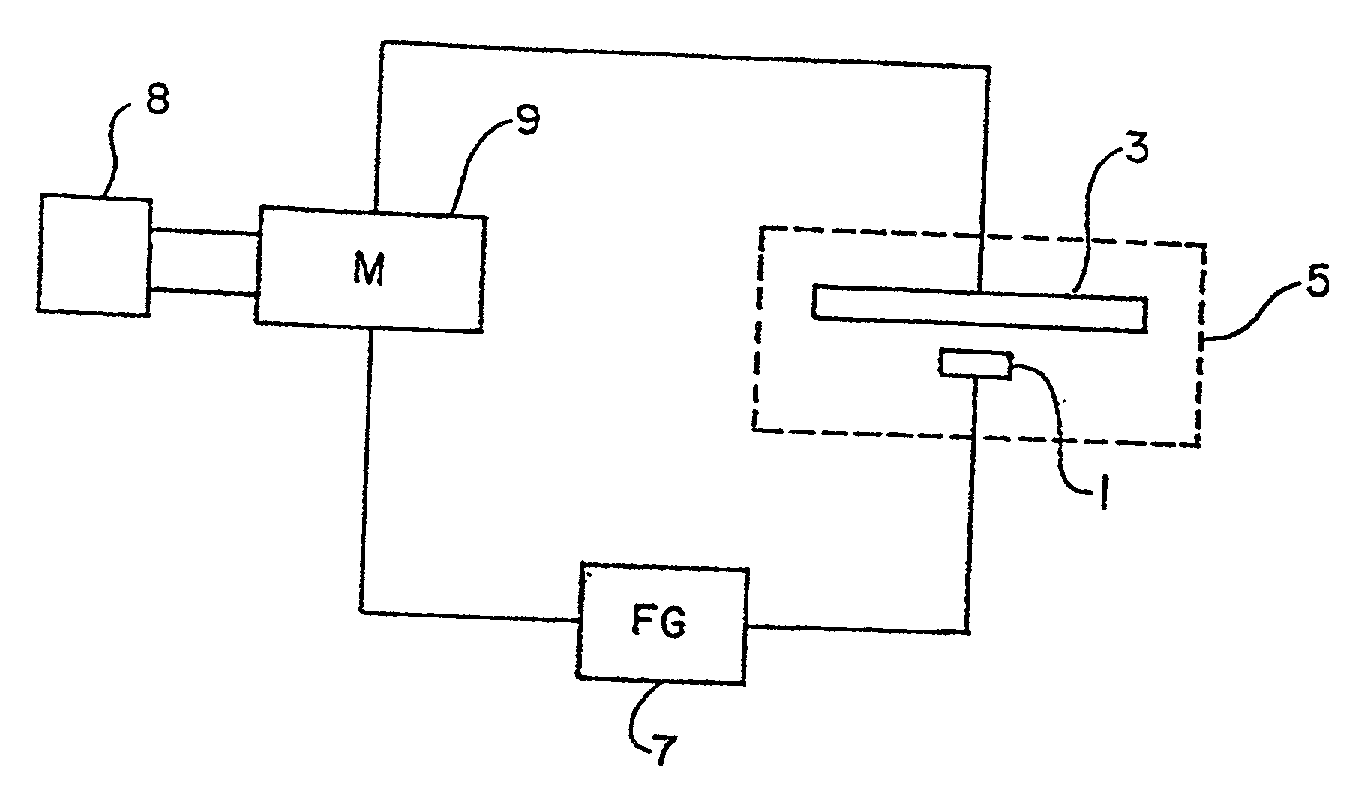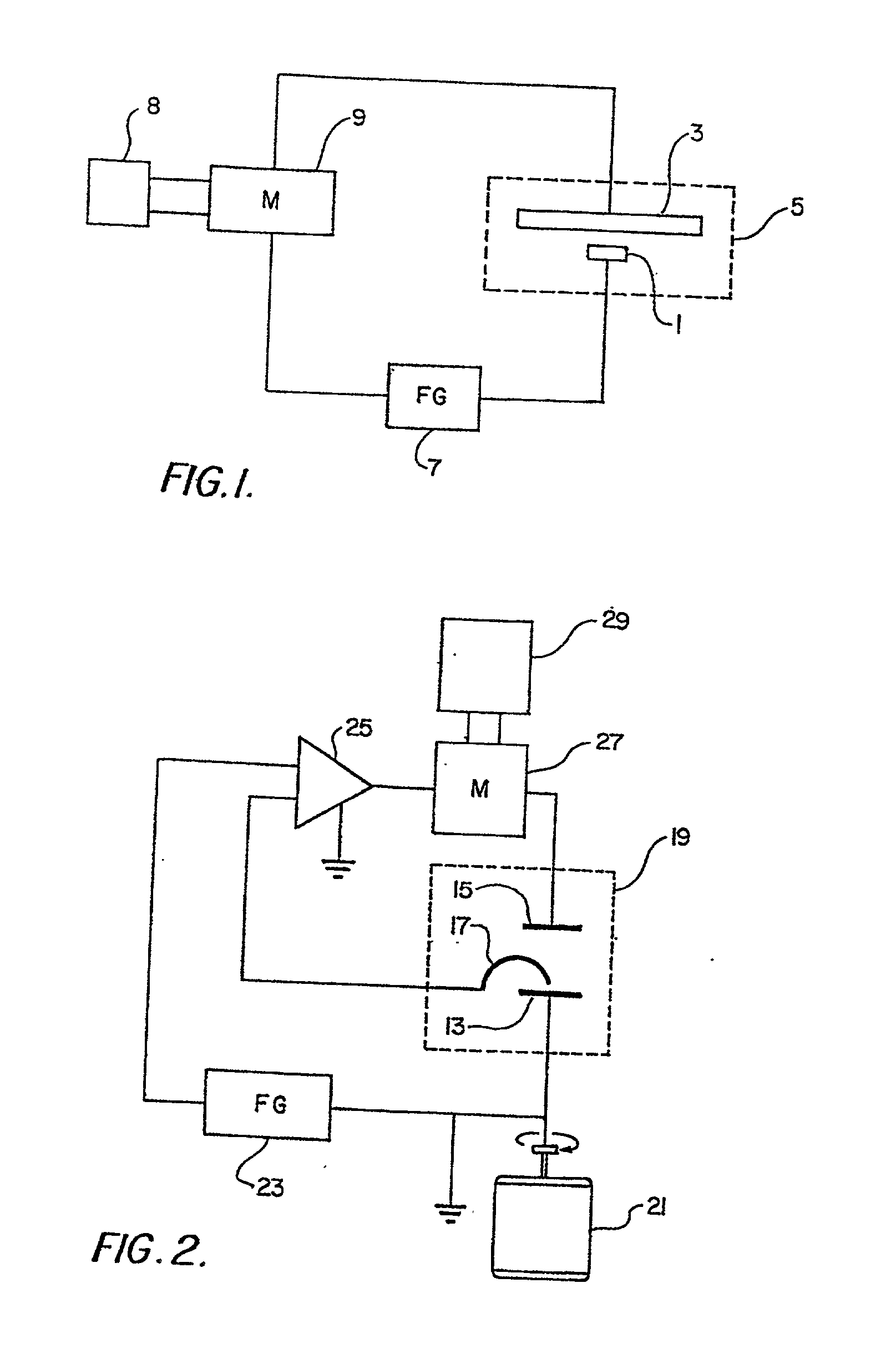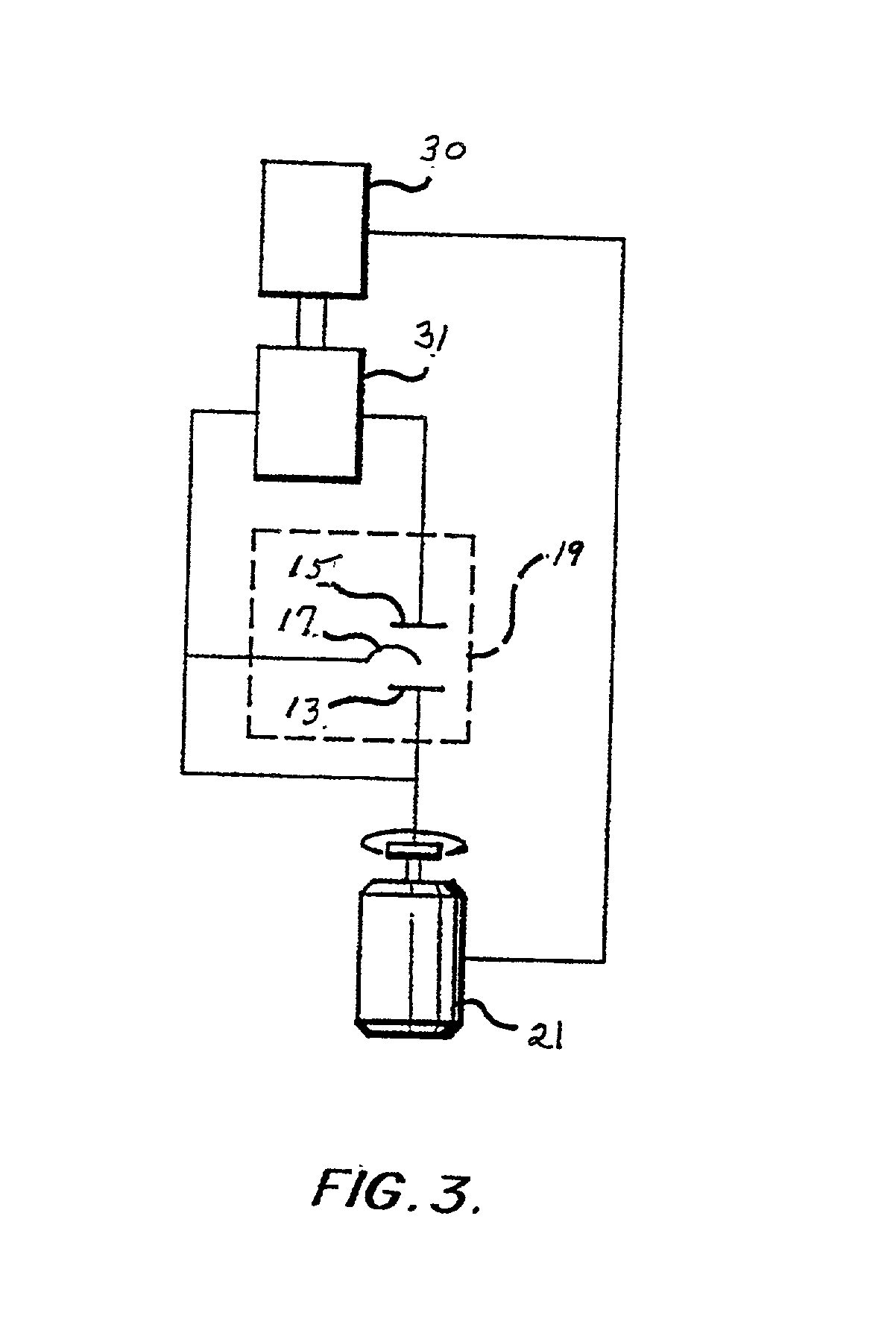Plating bath analysis
a technology of plating bath and leveler, which is applied in the direction of liquid/fluent solid measurement, material electrochemical variables, instruments, etc., can solve the problems of not being able to overcome, the above described electrochemical methods cannot be used, and the presence of leveler components in the plating bath containing brightener and suppressor
- Summary
- Abstract
- Description
- Claims
- Application Information
AI Technical Summary
Benefits of technology
Problems solved by technology
Method used
Image
Examples
example 2
[0064] A series of copper electroplating baths was prepared by combining 80 g / L copper sulfate pentahydrate, 225 g / L sulfuric acid, 20-75 ppm of chloride ion, 25 mL / L of polymeric suppressor and 2 mL / L of accelerator. To each bath was added a known amount of leveler X. The suppressor, accelerator and leveler are those described in Example 1. Each bath was analyzed for the quantity of accelerator by CVS using a standard analytical program and a commercially available instrument from ECI technology, Inc. Each bath was also analyzed for the concentration of accelerator (TBA analysis) using a standard program on an Electroposit Bath Analyzed available from S-Systems, Norwood, Mass. The results are reported in Table 1. The amount of accelerator by TBA is reported in TBA units.
2TABLE 1 Accelerator Amount in Leveler X (mL / L) Accelerator (mL / L) by CVS TBA Units 0 1.83 21.8 0.05 1.83 18.9 0.1 1.9 15.9 0.2 1.73 11.3 0.3 1.73 9.0 0.4 1.73 7.45 0.5 1.70 6.6 0.6 1.77 5.6
[0065] From these data, i...
example 3
[0066] Three copper electroplating baths were prepared by combining 80 g / L copper sulfate pentahydrate, 225 g / L sulfuric acid, 20-75 ppm of chloride ion, 5 mL / L of polymeric suppressor, 1 m / L of the accelerator of Example 1 and up to 12.5 mL / L of leveler Y. Leveler Y which was a reaction product of a heterocyclic amine with epichlorohydrin. These baths were analyzed using the CVS method of Example 1. The results are reported in Table 2.
3 TABLE 2 Leveler Y (mL / L) Accelerator (mL / L) by CVS 0 0.97 5.0 0.93 12.5 0.90
[0067] The above data clearly shows that accelerator determination by CVS is independent of leveler concentration.
example 4
[0068] A series of copper electroplating baths was prepared according to Example 3 except that 2 mL / L of the accelerator of Example 1 and up to 6 mL / L of leveler Y were used. These baths were analyzed using the TBA method of Example 2. The results are reported in Table 3.
4 TABLE 3 Accelerator Amount in TBA Leveler Y (mL / L) Units 0 19.8 0.5 12.2 1 9.9 2 8.2 4 7.1 6 6.4
[0069] From these data it can clearly be seen that the presence of the leveler has an affect on the determination of the accelerator by TBA analysis.
PUM
| Property | Measurement | Unit |
|---|---|---|
| diameter | aaaaa | aaaaa |
| area | aaaaa | aaaaa |
| operating temperatures | aaaaa | aaaaa |
Abstract
Description
Claims
Application Information
 Login to View More
Login to View More - R&D
- Intellectual Property
- Life Sciences
- Materials
- Tech Scout
- Unparalleled Data Quality
- Higher Quality Content
- 60% Fewer Hallucinations
Browse by: Latest US Patents, China's latest patents, Technical Efficacy Thesaurus, Application Domain, Technology Topic, Popular Technical Reports.
© 2025 PatSnap. All rights reserved.Legal|Privacy policy|Modern Slavery Act Transparency Statement|Sitemap|About US| Contact US: help@patsnap.com



